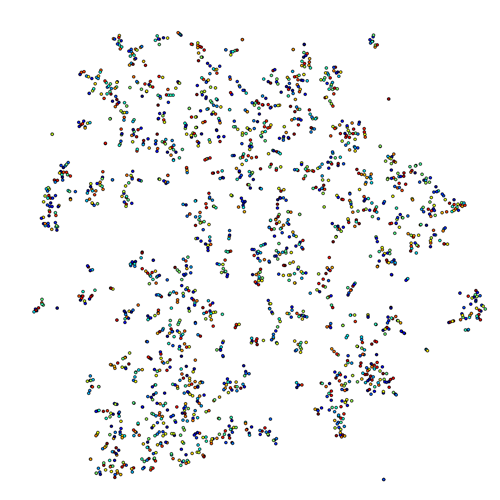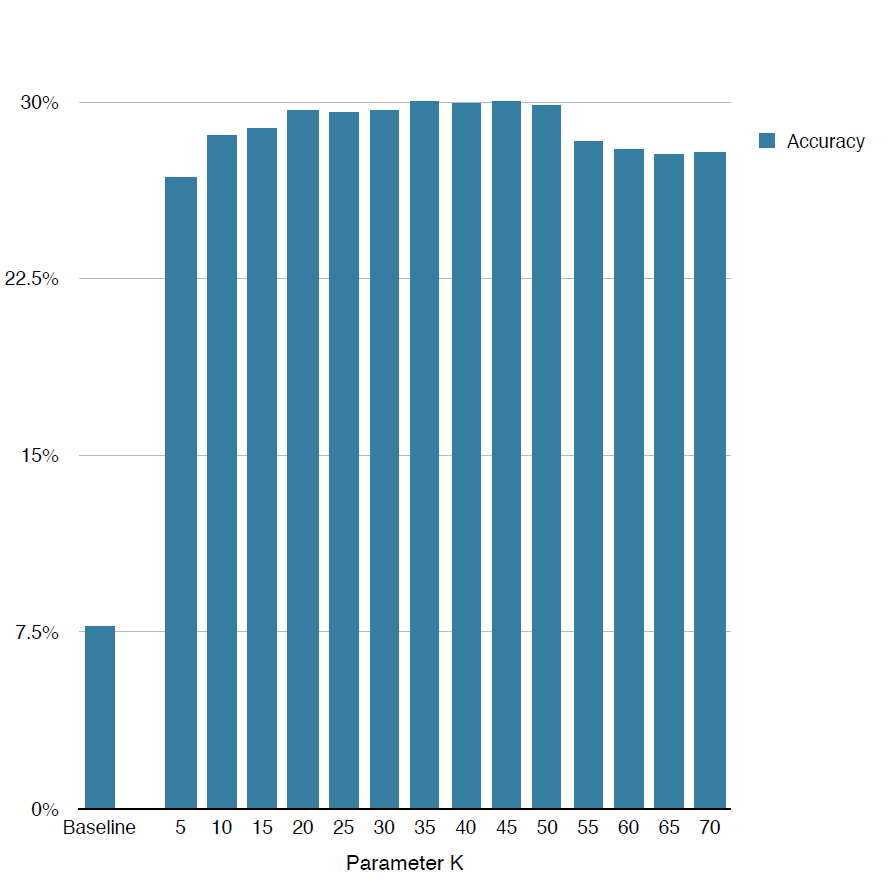About the Project.
The project Streaming Media Recommender is a part of course EECS 349 Machine Learning at Northwestern University, lectured by Prof. Doug Downey.
Bigger and Better.
Listening same music, monotonously, you get bored and lost. Our Streaming Media Recommender gives you, as well as other music fanciers, potentially favorite artists recommendation. With collecting listen data, your music library endlessly increasingly broadens.






